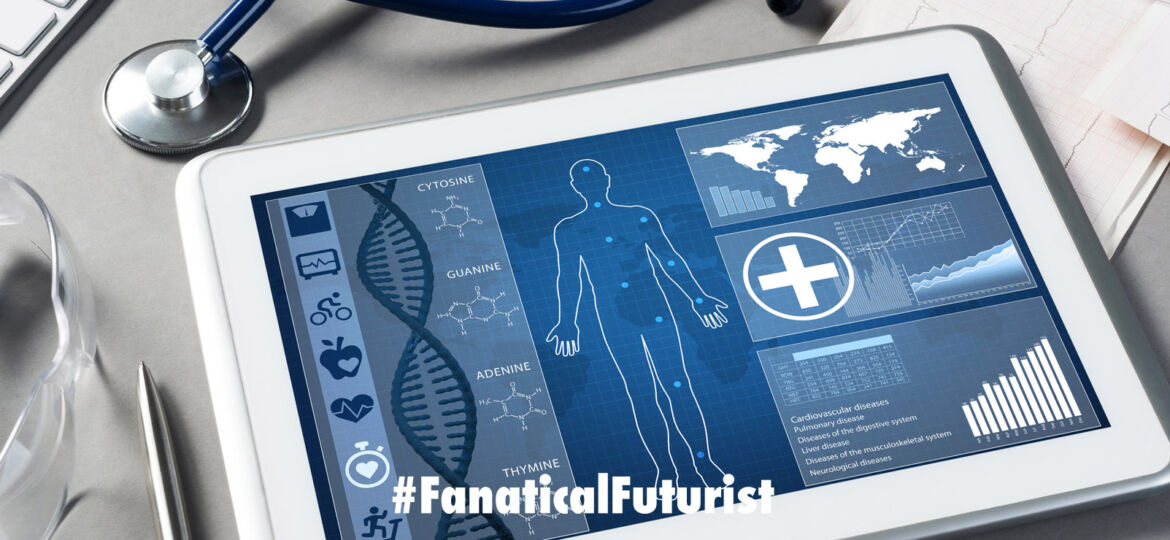
WHY THIS MATTERS IN BRIEF
Artificial Intelligence and robotics are helping China deliver healthcare in new ways.
 Interested in the future and want to experience even more?! eXplore More.
Interested in the future and want to experience even more?! eXplore More.
China is increasingly in love with technology, and the government, for a variety of reasons, is keen to develop and deploy it as fast as possible. Whether it’s the roll out of robot dentists and remotely operated 5G robot surgeries, their Social Credit Score system that rewards good behaviours and punishes bad ones by giving or taking away access to a wide range of services, from financial, healthcare and government services, through to broadband, education, and transportation services and much more, fully autonomous police stations, and AI politicians, or the roll out of “surveillance style tech” in schools to evaluate students and their attentiveness, there’s no denying they’re pushing a lot of boundaries – of all sorts.
Now though in the latest technology push the government has installed health-checking robots at more than 2,000 preschools across China. Kids between the ages of 2 and 6 must report to this Walklake robot every morning and display their eyes, throats, and hands. The robot then uses cameras, machine vision, and an infrared thermometer to look for signs of possible disease, ranging from red eyes or a sore throat to blisters and fevers. It can reportedly carry out these smart health checks in just 3 seconds – far more rapidly than a human physician would be able to greet a patient, let alone check them over for everything from conjunctivitis to hand, foot, and mouth disease.
The adoption of Walklake is a response to Chinese government recommendations that all preschools should carry out daily health examinations of students. Due to the time-consuming nature of this task, the hope is that using a robot like Walklake can greatly speed up the process. After it has completed its health scan of all the students, the robot generates an aggregated health data report, which it sends to the principal. It can also alert teachers and school nurses if it spots an abnormal result, indicative of ill health, in a child. The teacher or school nurse may then carry out a manual check on the child, before making a decision about whether or not they should be sent home.
News of Walklake will obviously trigger a variety of responses though even though the use of the technology seems benign. Some people will point out that it could be used for more accurate health monitoring in situations where healthcare professionals aren’t available in sufficient numbers, and on the plus side aggregated health reports could also be used to spot disease trends, rather than simply isolated cases, and therefore help pinpoint and stop the spread of disease throughout a population much earlier than was previously possible. And then there’s the other upside that kids might be more likely to take an interest in their own health if it includes a check up from a fun robot.
On the flipside though dealing with health checks from a robot could be alienating compared to dealing with a human caregiver, and there are also potential ethical issues in the event that data is hacked or. Whatever view you take though it’s an interesting use of technology, and yet again just shows how far ahead of the rest of the world China is when it comes to pushing some of the boundaries.
















